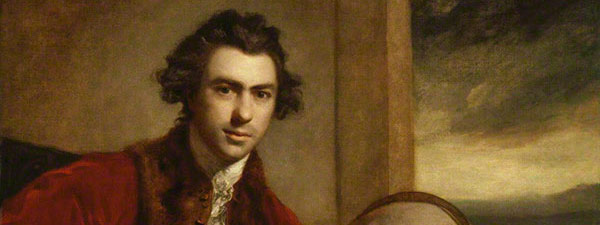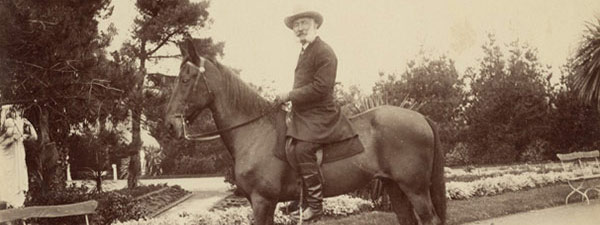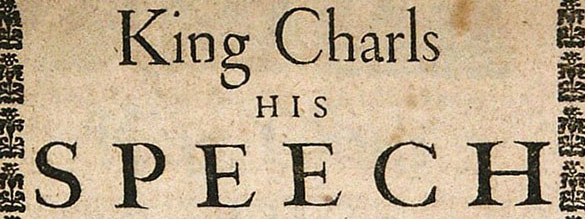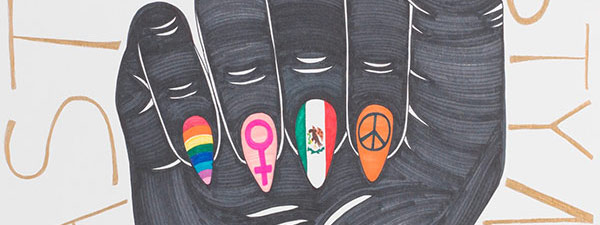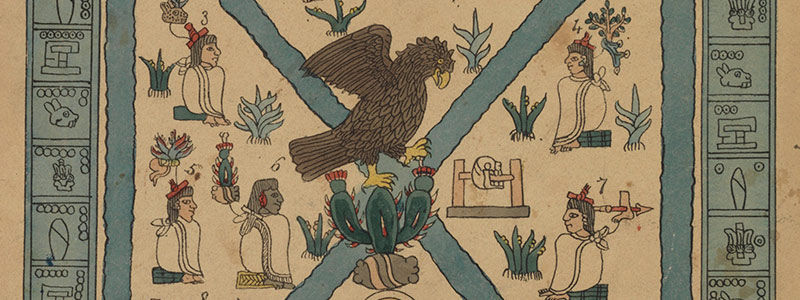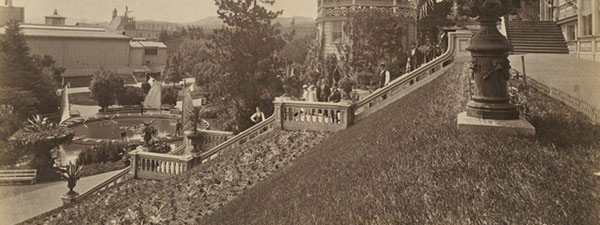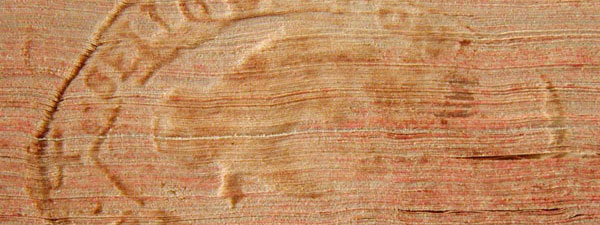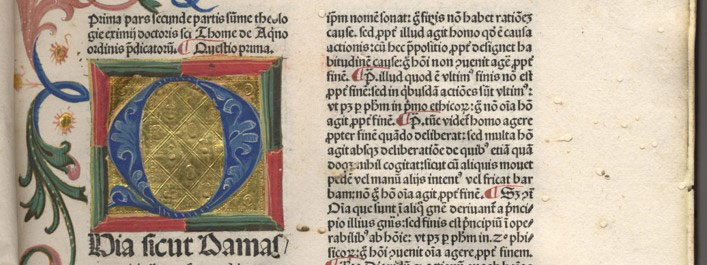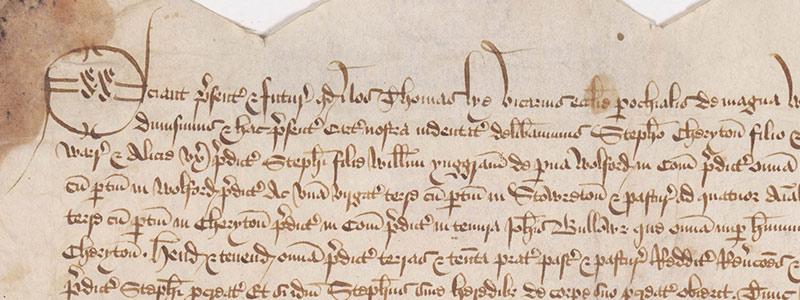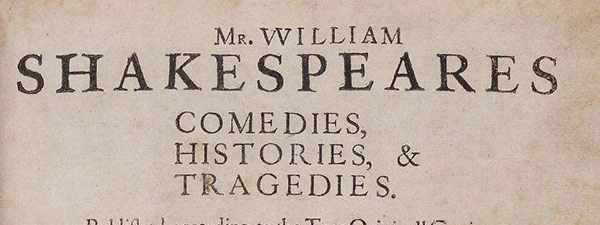
William Shakespeare’s 1st, 2nd, 3rd, and 4th folios
The First Folio, printed in 1623, is the first published collection of Shakespeare’s plays, produced seven years after his death. It contains 36 of his plays and is arguably one of the “most valuable material and cultural properties ever printed.” John Heminges and Henry Condell, fellow actors, partners, and peers of Shakespeare, published the First Folio to protect Shakespeare’s work from unauthorized bootleg copies and to share his genius. They knew that without publishing the First Folio, plays like Macbeth, Julius Cesar, and The Tempest would be lost to obscurity. There are currently only 235 known First Folios in existence and the Sutro Library holds the Second, Third, and Fourth Folios as well.

